The group exhibition ‘ECOLOGIES OF REPAIR’ at the GAEP Gallery closes on Saturday, November 5, with a dialogue with the artists Anca Bucur, Lucia Ghegu and Stanca Soare and the curator of the exhibition, Adelina Luft, who will reveal to the public present at the event details about the works created especially for this exhibition.
”The last couple of years have generated a series of changes felt on a personal and societal level, activating a collective consciousness over the deep-rooted anthropogenic effects on our environments, socio-economic interdependencies, and the precarity of both human and nonhuman life forms. It also confronted us with the bitter truth that a state of crisis is not only transitory, but the perpetual condition of our socio-environments where ecological damage can be both predictable and inevitable. How do we ‘stay with the trouble’ amidst such paradoxes and inescapable power-structure entanglements? What can we learn from a situation of crisis and in relation to other-than-humans around us? (…)
Titled suggestively ‘Ecologies of Repair’, the exhibition brings together new contributions by eight emerging female artists with diverse artistic interests and preoccupations, working with organic materialities, natureculture concepts, or technical approaches to notions of protection and preservation. The artists were invited to think through Anna Tsing’s concept of the assemblage – understood as bodies and materials, the organic and the inorganic, and their mutual constitution in multiple and open forms of coexistence – along embracing or continuing a working methodology: first by looking at the liveliness of the material through fieldwork, attuning to time as a way to unveil the coordinates of human and non-human interactions, and grounding their observations in a specific landscape.
Each artist situated their research in a particular time-space by employing the concept of landscape with different lens, from an accidental water leak in Racoți shaping a site-specific flora, to a bauxite waste pond near the Danube Delta, a small agricultural village living off grain production in Argeș county and a deserted marble quarry in the village of Alun; while also departing from specific living organisms and materialities understood as micro landscapes to suggest possible life compositions.” (excerpt from the curatorial text)
STANCA SOARE: ”I contemplate installations and performances from the perspective of a narrative that lies underneath the surface. I put up subliminal stories with dotted-line paths to be guessed by linking elements to one another. I stick to the contextual and episodic. I visualize each new chapter as free to convey a different topic. I fit the pieces in a character – décor – object triangle-like scenario. I research vernacular techniques and display the objects in theatre-like sets. I was born in 1995 in Bucharest, studied in France and I live and work between Giverny (France) and Miroși (Romania).”
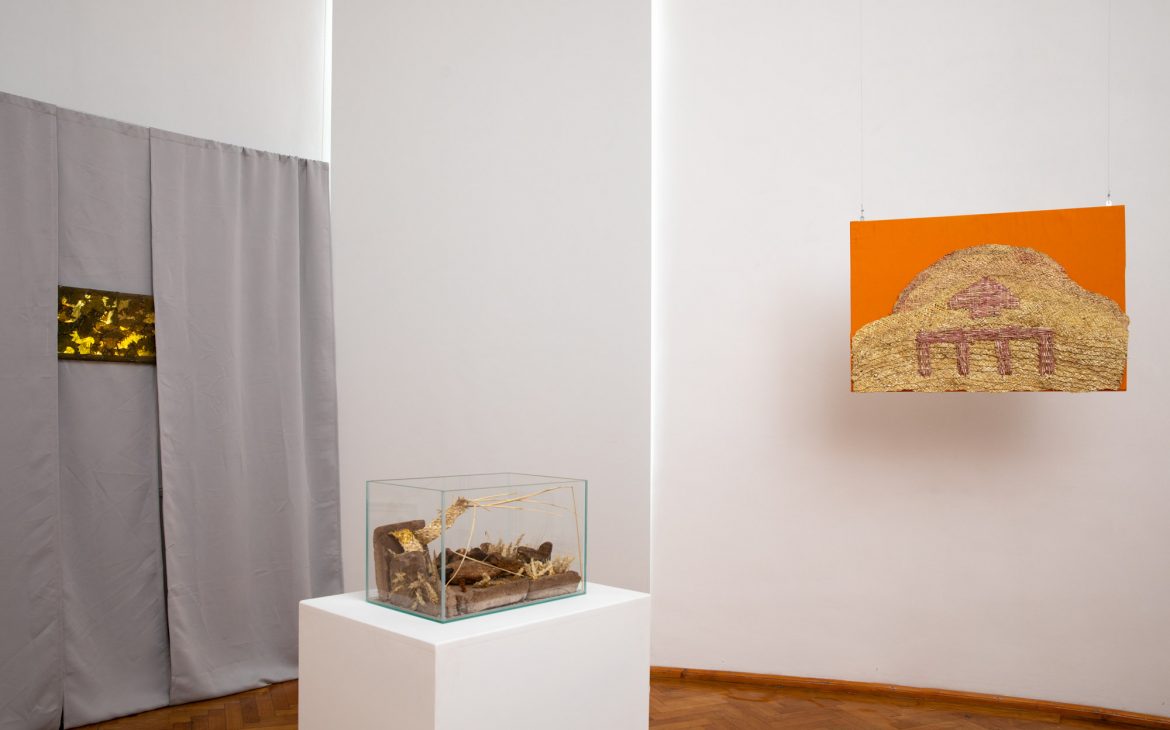
After her studies in engineering, graphic arts and product design, LUCIA GHEGU earned a research scholarship at Accademia di Romania in Rome (2018-2020) where she developed an artistic project on the impact of post-communist migration on Romanians living in Italy. In her recent work, which includes large-scale drawings, light installations and objects at the border between sculpture and product design, she is interested in the architectural space, mobility understood as fluidity, migration, community, identity, the constant tension between expectations and reality, as well as the aesthetics of the image. Lucia frequently chooses drawing as a remedy against the hyper-technological trend – a quick and spontaneous note that mediates the transition from idea to object and documents the process. Personal history is often the starting point in her research, which expands in relation with other disciplines – anthropology, sociology or architecture. Lucia seeks the intersections between personal and universal stories, aiming to ask questions, to push direct experiences and not to offer answers or categorical situations.
DIANA POPUȚ (b. 1994, in Cluj-Napoca) completed her Bachelor in Visual Arts at the University of Art and Design in Cluj-Napoca. In 2015 she studied with an Erasmus scholarship at Universidad de Castilla-La Mancha, in Cuenca, where she developed her first installation, titled Sine qua non. In 2016, with the same type of scholarship at Accademia di Belle Arti di Brera di Milano, she started the Finestre series – a long-term project. During 2020 she was part of the Erasmus Mobility for Placement at Laurentiu Adrian Craioveanu studio in Lodi, Italy, where she learned new sculpture techniques and started her series of marble works using materials from the alluvial soil of the river Adda. The mobility took place within her Ph.D. at the University of Art and Design, Cluj-Napoca, that she has completed in 2022. Currently she lives and works in Cluj-Napoca and Bucharest.
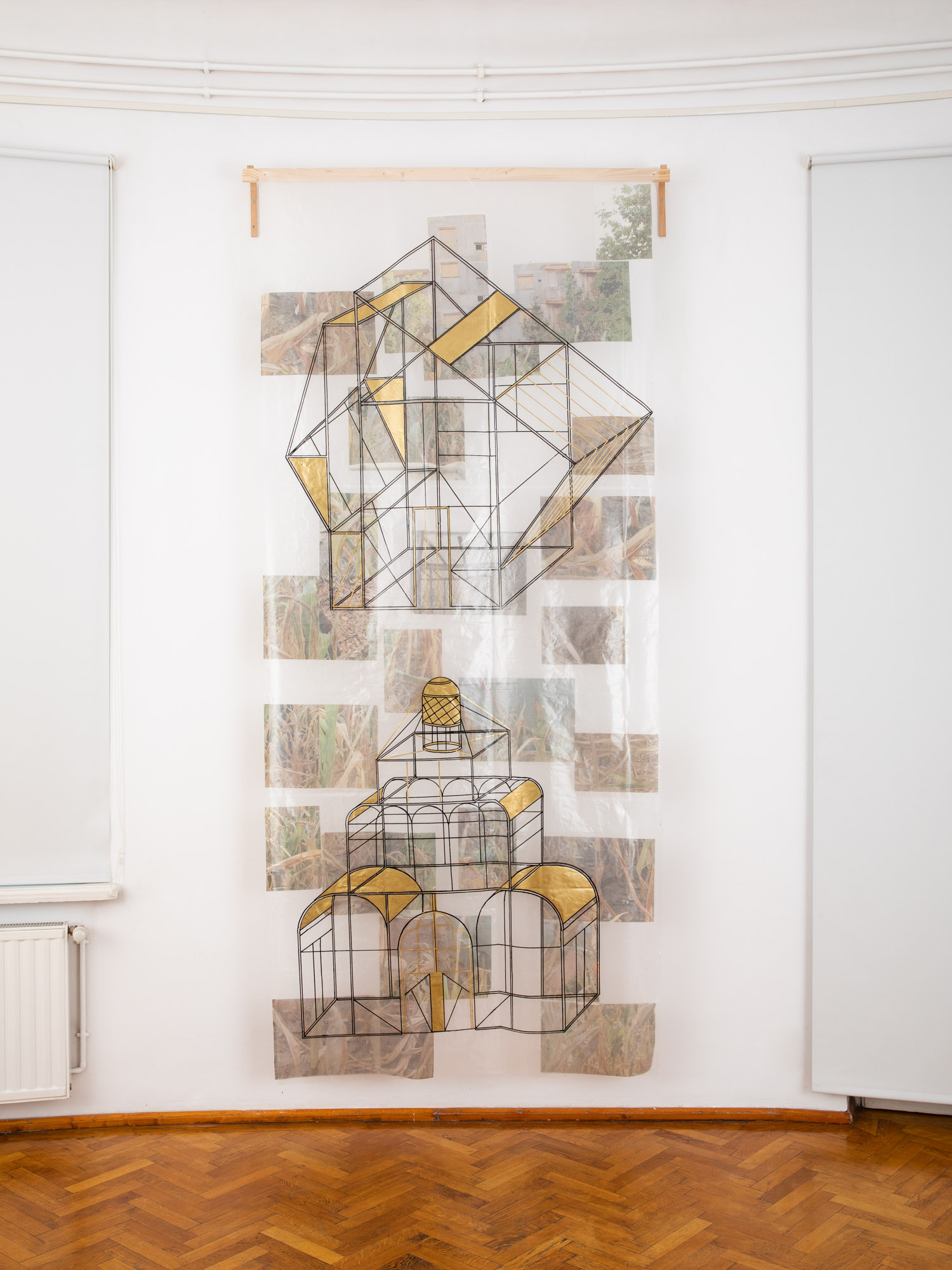

THEA LAZĂR lives and works in Cluj-Napoca, Romania. She graduated from the University of Art and Design in the same city and studied with a scholarship at the Academy of Art in Szczecin, Poland. Her practice is mainly digital but meant to live offline, in installations that have come to include textiles and plants. Her plants are telling larger stories about the environment, the planet and socio-political situations through local or untold tales. Thea is looking for the space where the past and the future meet and the place where science and pseudoscience blur the lines to create a new narrative, often through combining mythological stories with outer space imagery. Since 2016 she’s been a member of the Aici Acolo collective – an artist-run project focused on promoting young and emerging artists by organizing exhibitions in unused or abandoned spaces in Cluj-Napoca.
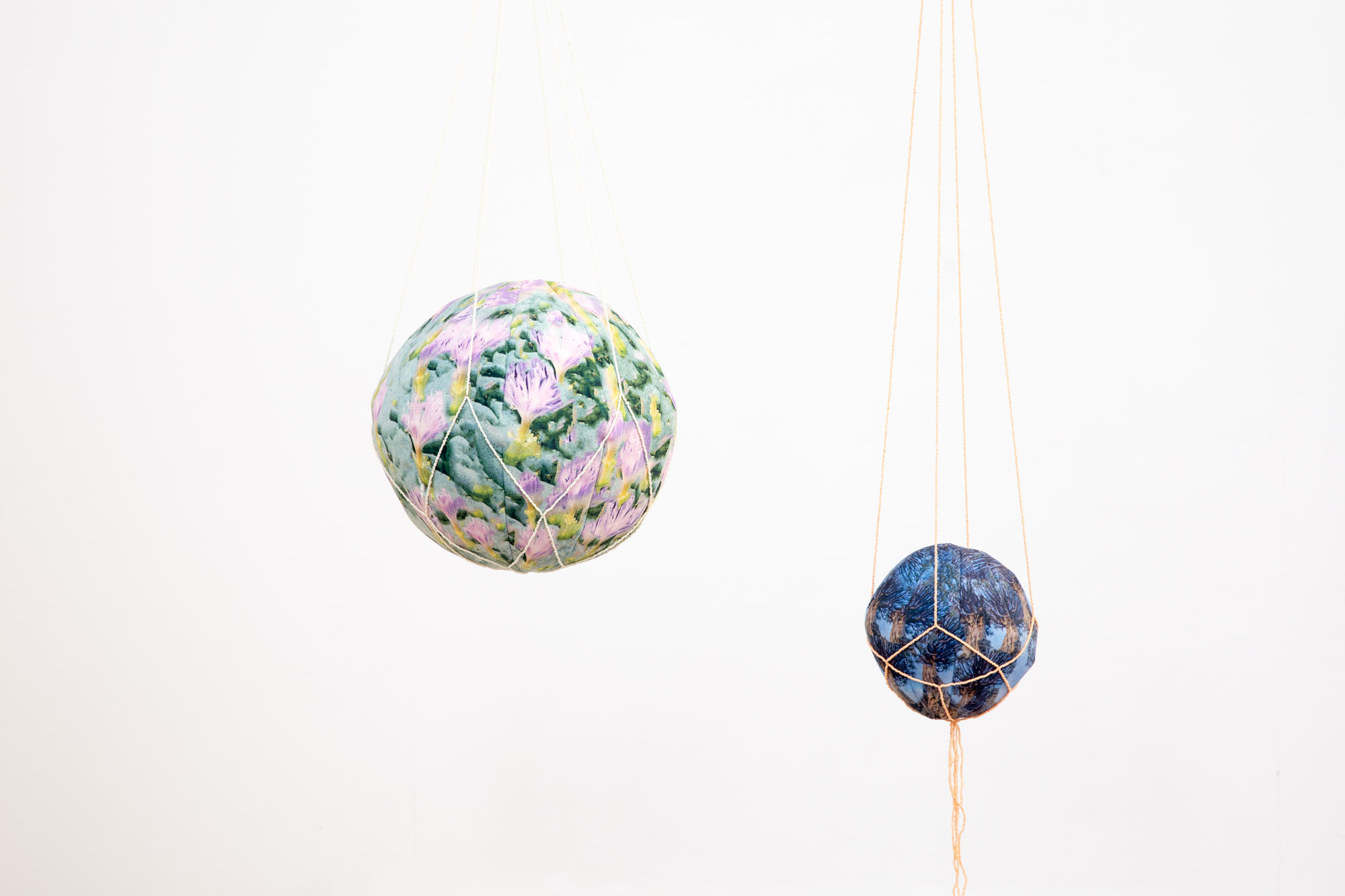

digital print on textured textile fabric. Courtesy of GAEP Gallery.
ANDREEA MEDAR & MĂLINA IONESCU (Romania) have been working together since 2017. Their collaborative projects include land art interventions, environments, performances, installations, and inter/social media and digital artworks. Their practice is both a dialogue and a convergence of two monologues that investigate and play with themes such as code, cipher, collective and shared memory, maps and the way friendship appears, grows and develops its specific and profound mode of communication. Selected projects: Viae Ferrae II (2021), Hypercube II (2021), Hypercube (2020), ᎒ᚗ~ㆨ꒿ ꕇ꒿ʭᦔ (2020), Viae Ferrae (2019), NOW/NO (2019).
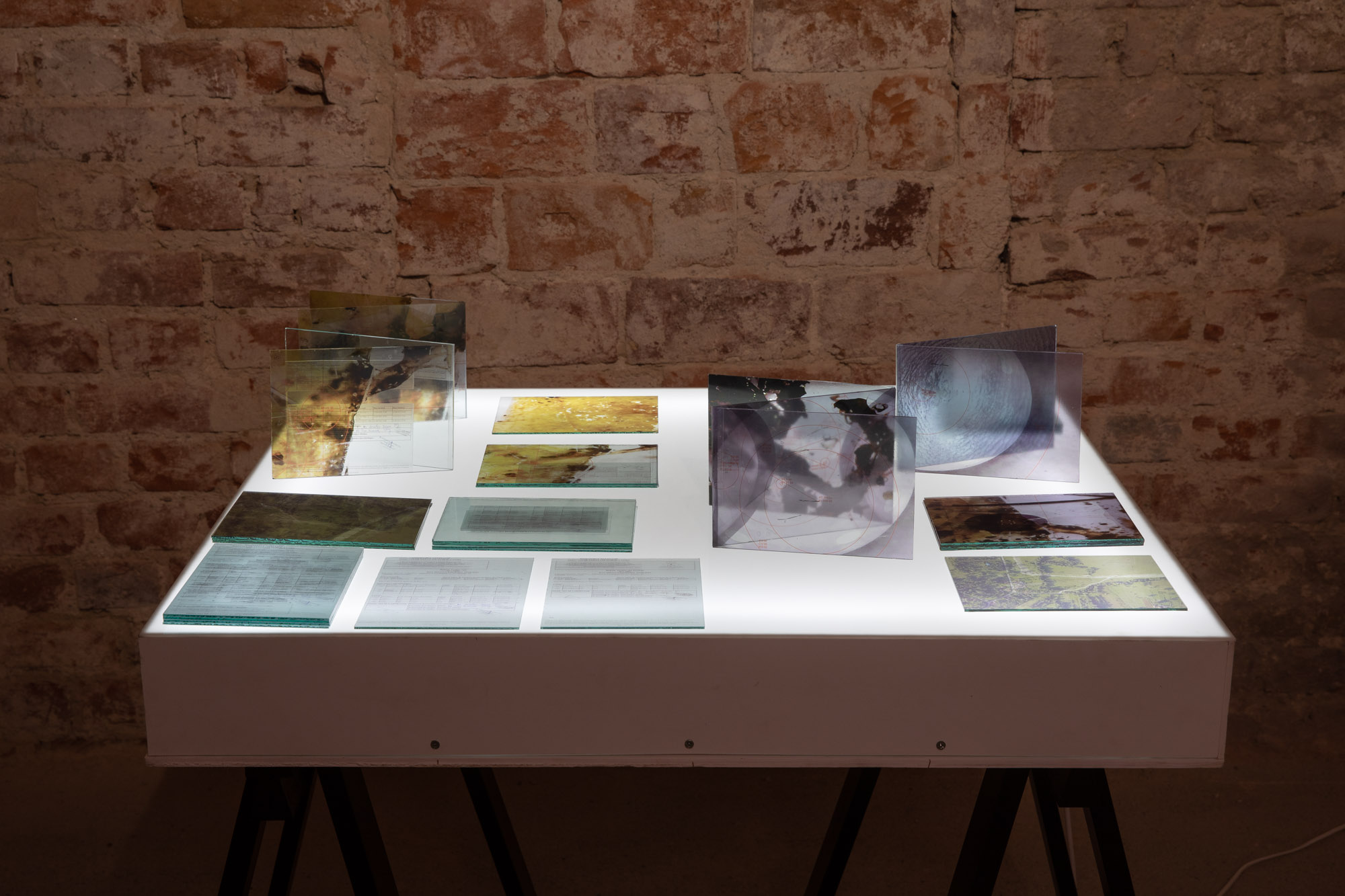

ANCA BUCUR is a visual artist and writer, based in Bucharest. She completed her studies in 2018 at the University of Bucharest, having a background in literature and cultural studies. Her work is research-based and spans different registers and media, including objects, video essays, poetry, and performances. Lately, she has been focusing on researching the socio-economic materialities of both land and body in relation to local places and histories. She is interested in the epistemological and political potentiality of the artwork. Anca Bucur is the author of several texts published in collective volumes, part of Literatură și Feminism platform, and an editor at frACTalia press, where she curates the Compost collection.
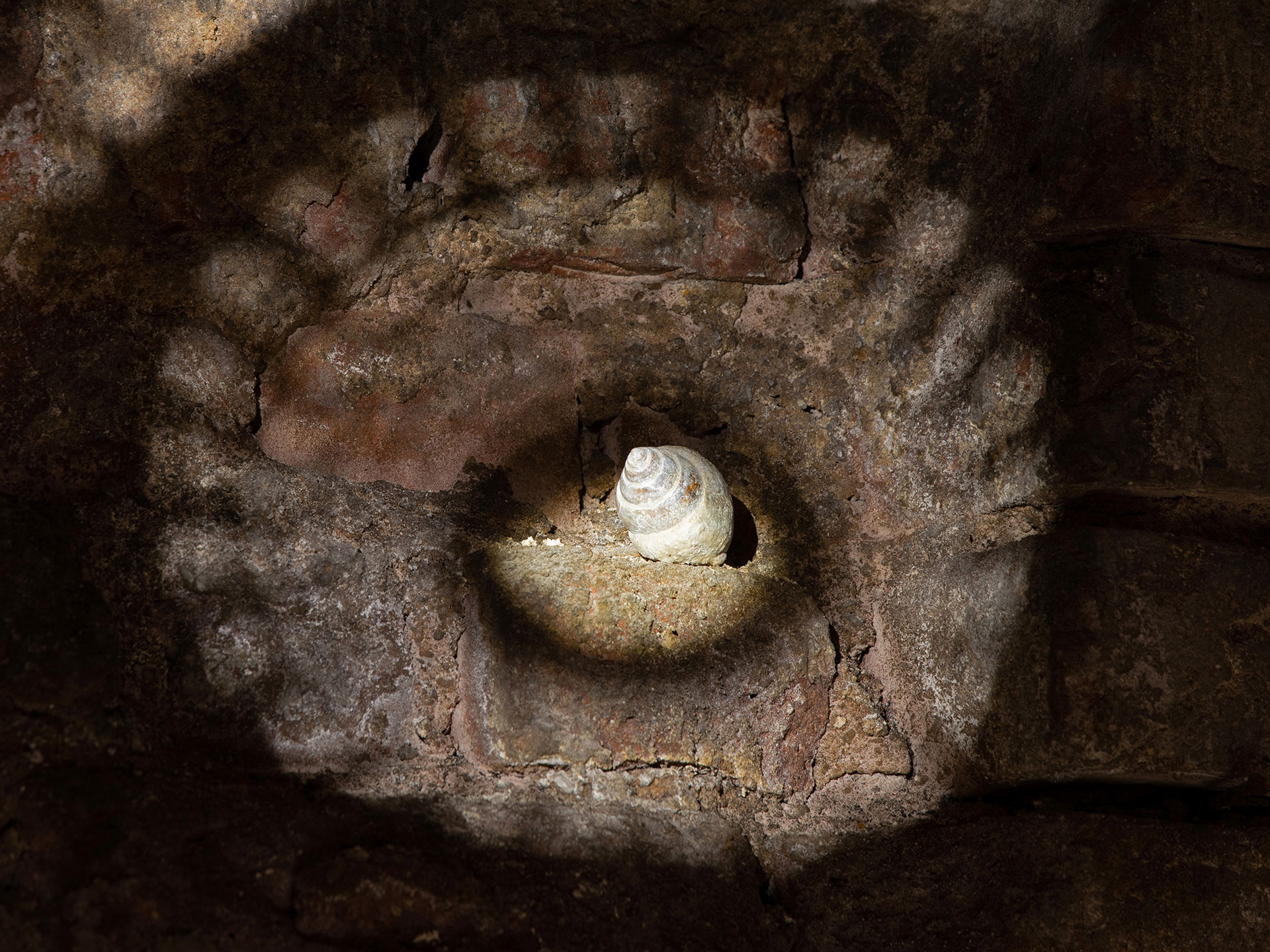
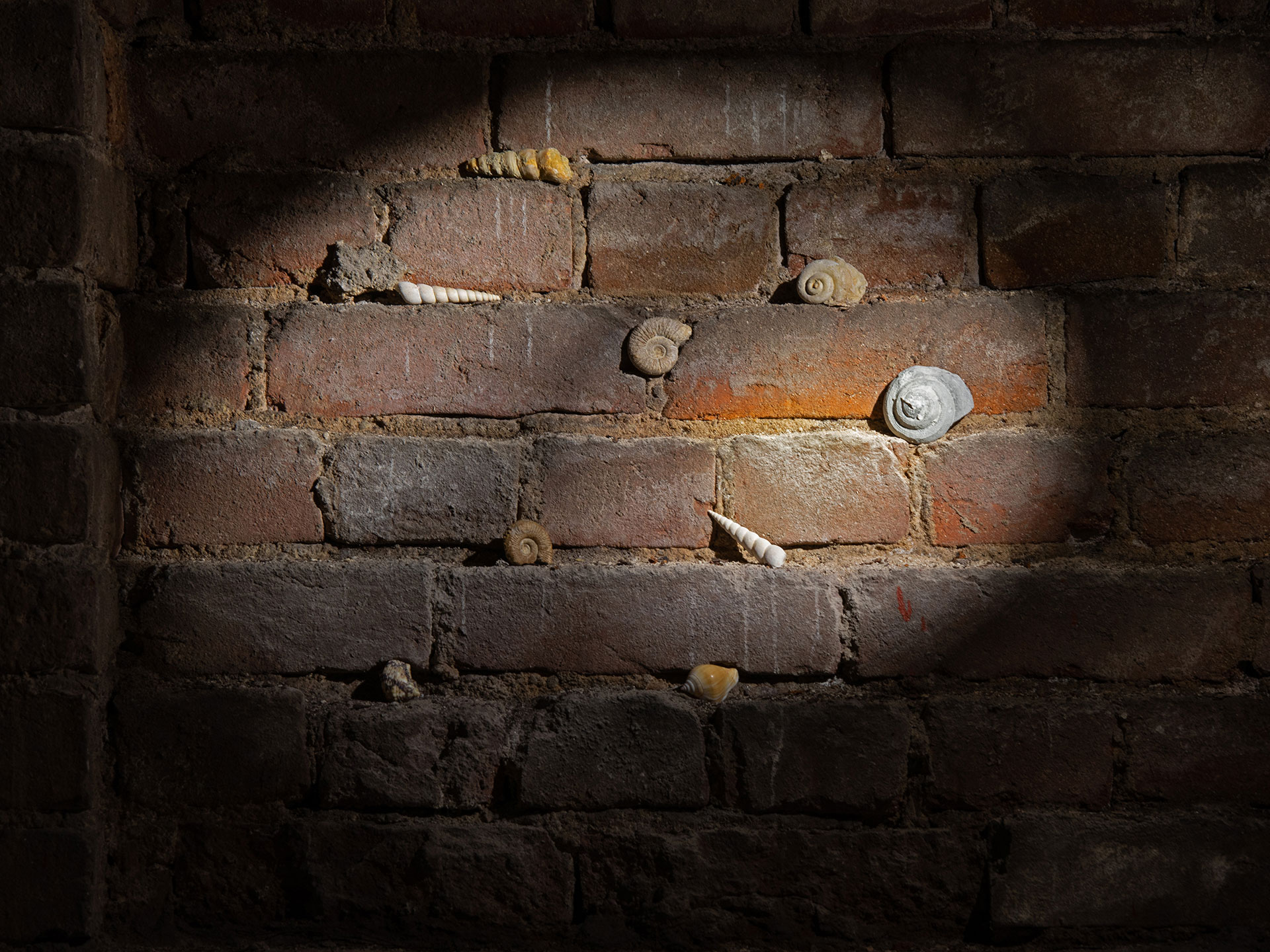
AMAIA MOLINET (b. 1988, in Lodosa, Spain) lives and works in Bilbao and Cluj-Napoca. She holds a Master in Contemporary, Technological and Performative Art and a Bachelor in Fine Arts from the University of the Basque Country. Expanded photography is at the core of her artistic practice addressing the relationship between territory and identity, and highlighting landscape’s symbolic features. She has been awarded grants and prizes by organizations such as the Guggenheim Museum, INJUVE, Spanish Ministry of Culture, Eremuak and the Basque Government, C arte C, Centro Huarte, Navarra Culture Department, and BilbaoArte Foundation and she has carried out sitespecific projects and artistic residencies in Western Sahara, Iceland, Austria, Romania, Argentina, France, Spain, and the Basque Country. Selected solo exhibitions: Transfăgărășan (Cervantes Institute, Bucharest), The Earth may want to be like it was before existing (Hiriartea, Ciudadela de Pamplona), Das Paradies (La Taller Gallery, Bilbao), Future Fossils (Archaeological Museum of Bilbao and Centro Cultural San Martín, Buenos Aires), Mugak (BilbaoArte Foundation).

HD video, 5 snail drawings on burnt wood, fossils
video duration: 13’13”, drawings: each 60 x 40 cm, fossils: various dimensions. Courtesy of GAEP Gallery.
ADELINA LUFT is an unaffiliated curator whose practice emerged and developed in Yogyakarta (Indonesia) along decolonial lines of thought and modes of working that favor collaboration, processes and interdisciplinarity. Her curatorial projects address trans-local affinities, shared histories, human/ nonhuman relations with land, migration and identity. In 2021 she moved to Bucharest where she continues to initiate interdisciplinary and socially-engaged art projects. She is a collaborator at tranzit.Bucuresti and a member of the curatorial team for Biennale Jogja Equator 2023, where she previously collaborated as assistant curator in 2017 and residency manager in 2015. Adelina holds a BA from the National University of Political Studies in Bucharest and a MA in Visual Art Studies from Gadjah Mada University in Yogyakarta. She often contributes with translations and texts about Indonesian art, more recently for the book A History of Photography in Indonesia: From the Colonial Era to the Digital Age published by Amsterdam University Press and Afterhours Jakarta. She participated in several curatorial programs: What Could Should Curating Do in Belgrade supported by Kadist Foundation (Oct-Dec 2022), Kuandu Museum of Fine Art in Taipei (2018), ODD in Bucharest (2018), and Curator’s Agenda in Vienna (2016).
Project co-financed by: Administration of the National Cultural Fund
With the support of: COS Corporate Office Solutions, Signify, NOA Group
Media partners: igloo, Curatorial, Radio România Cultural, ArTeVezi, Revista ARTA
The project does not necessarily represent the position of the Administration of the National Cultural Fund. The AFCN is neither responsible for the project content nor for the way in which the project results may be used. These are entirely the responsibility of the grant beneficiary.
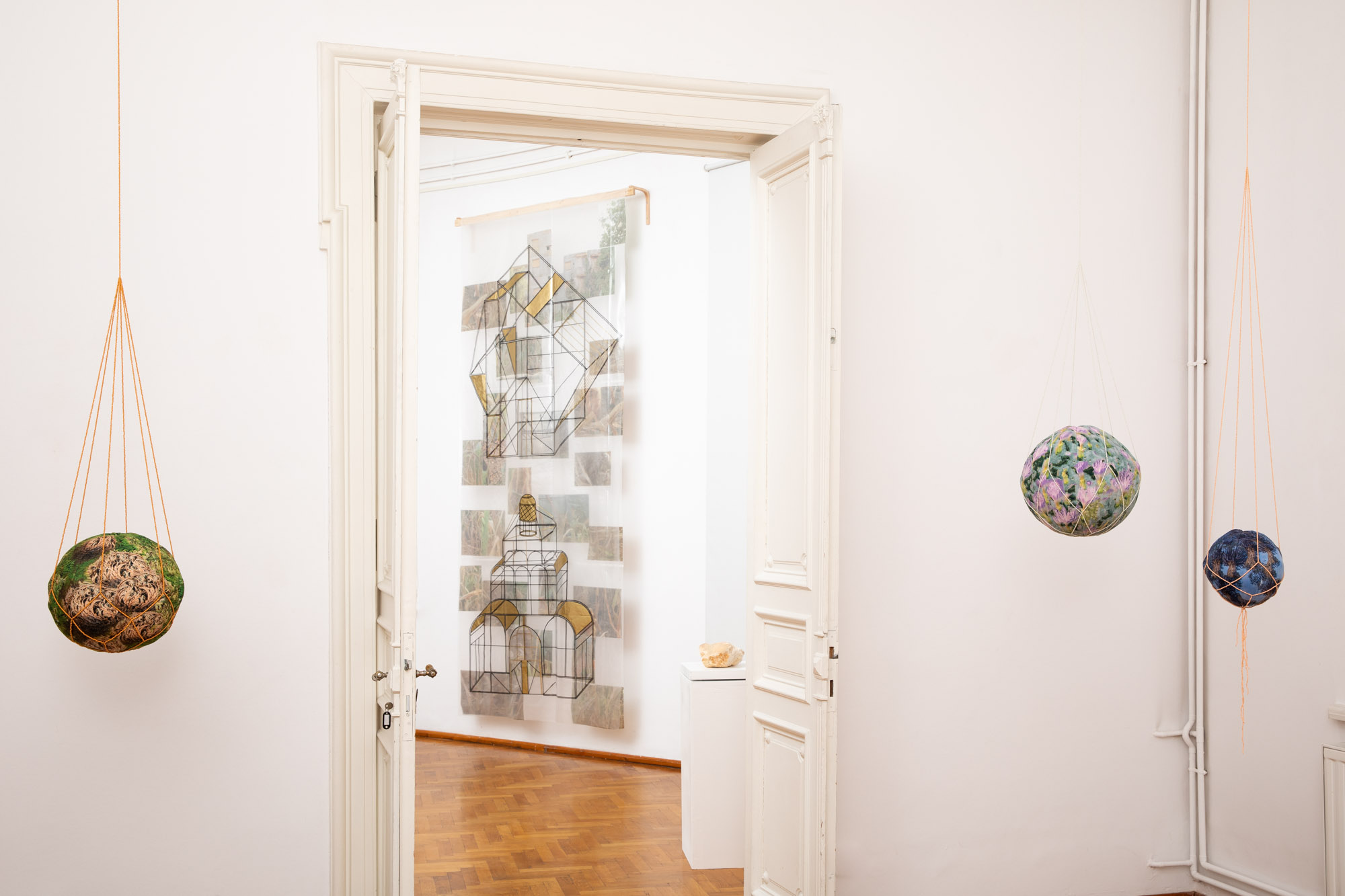
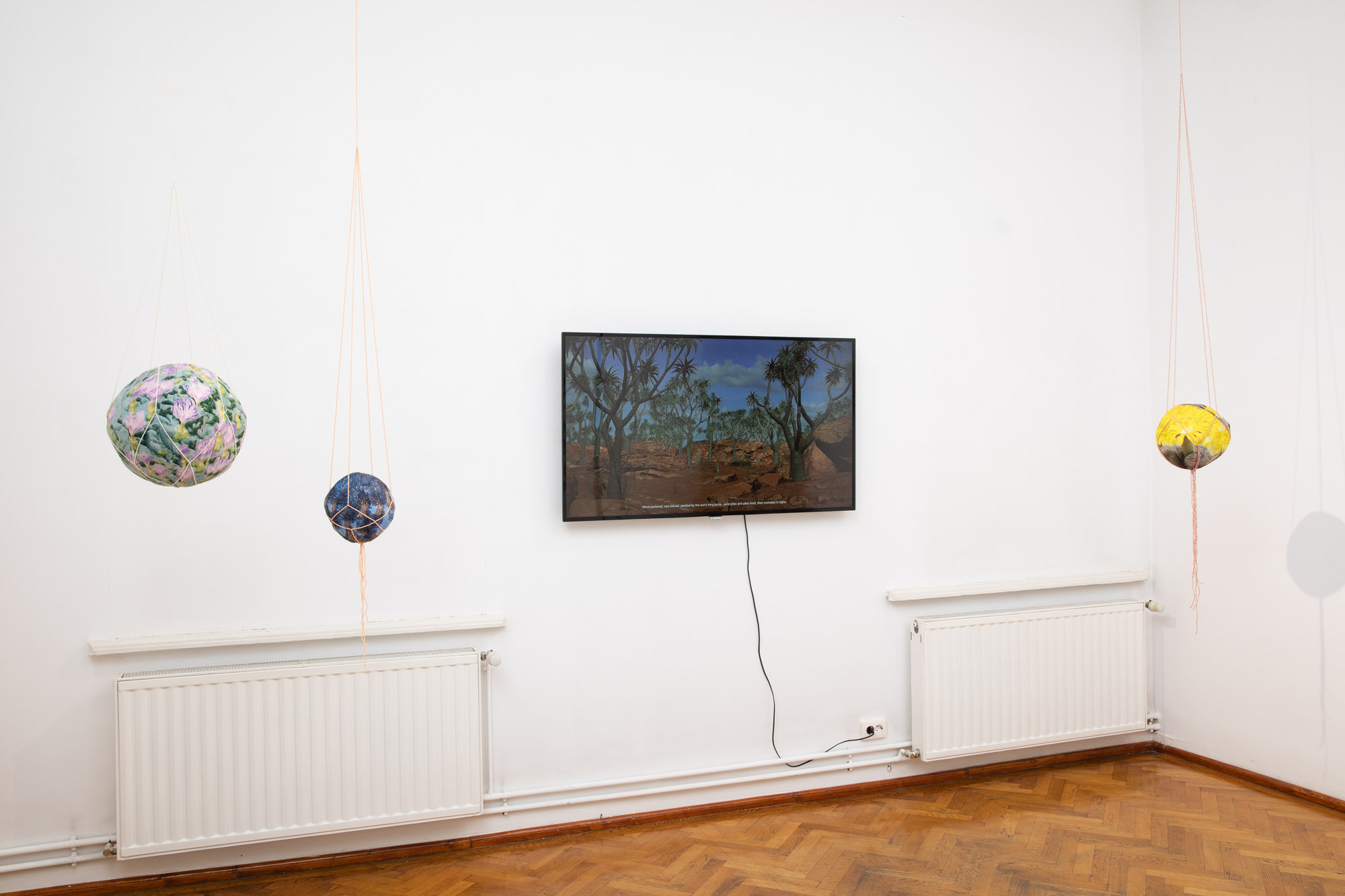

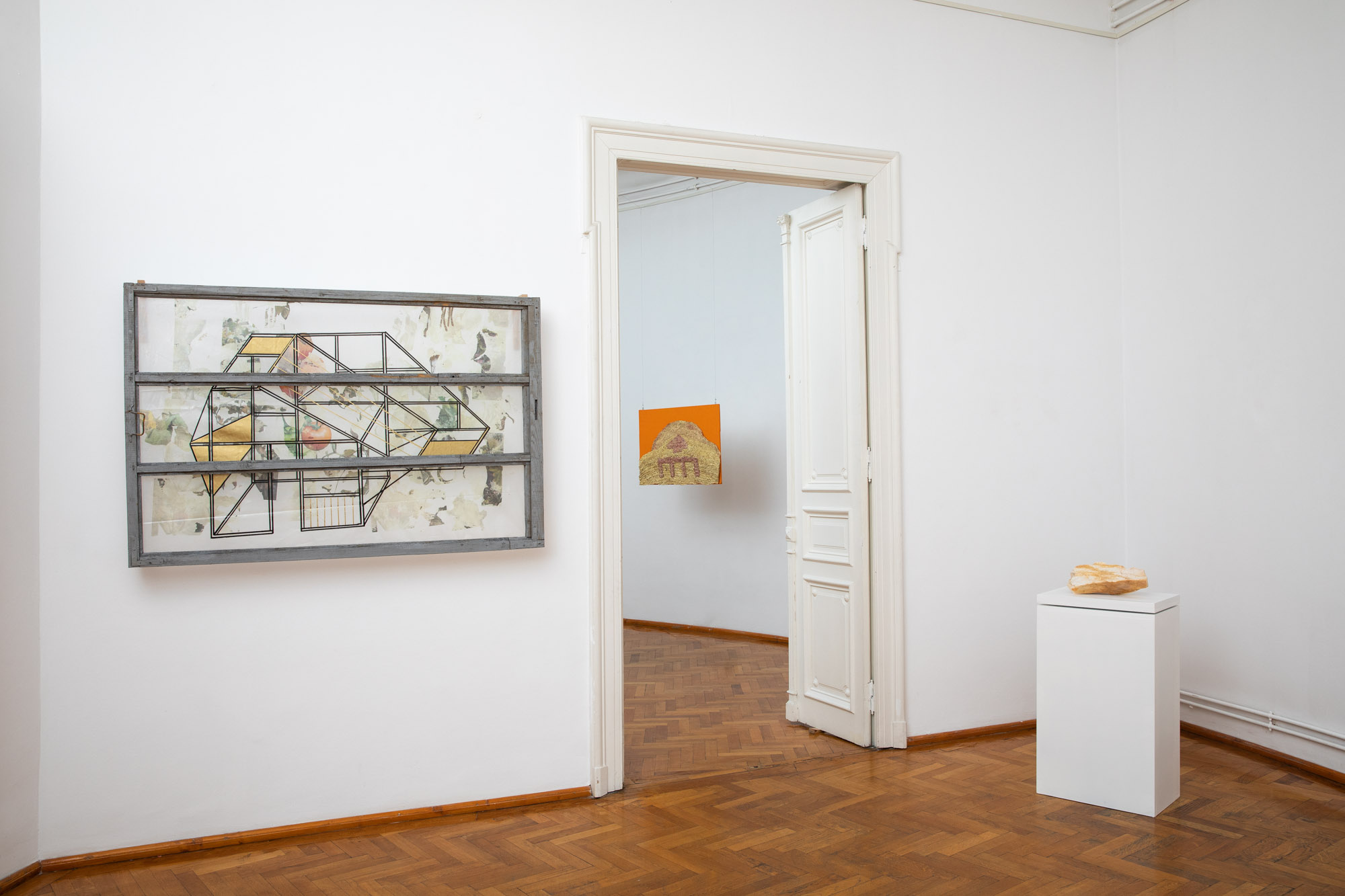
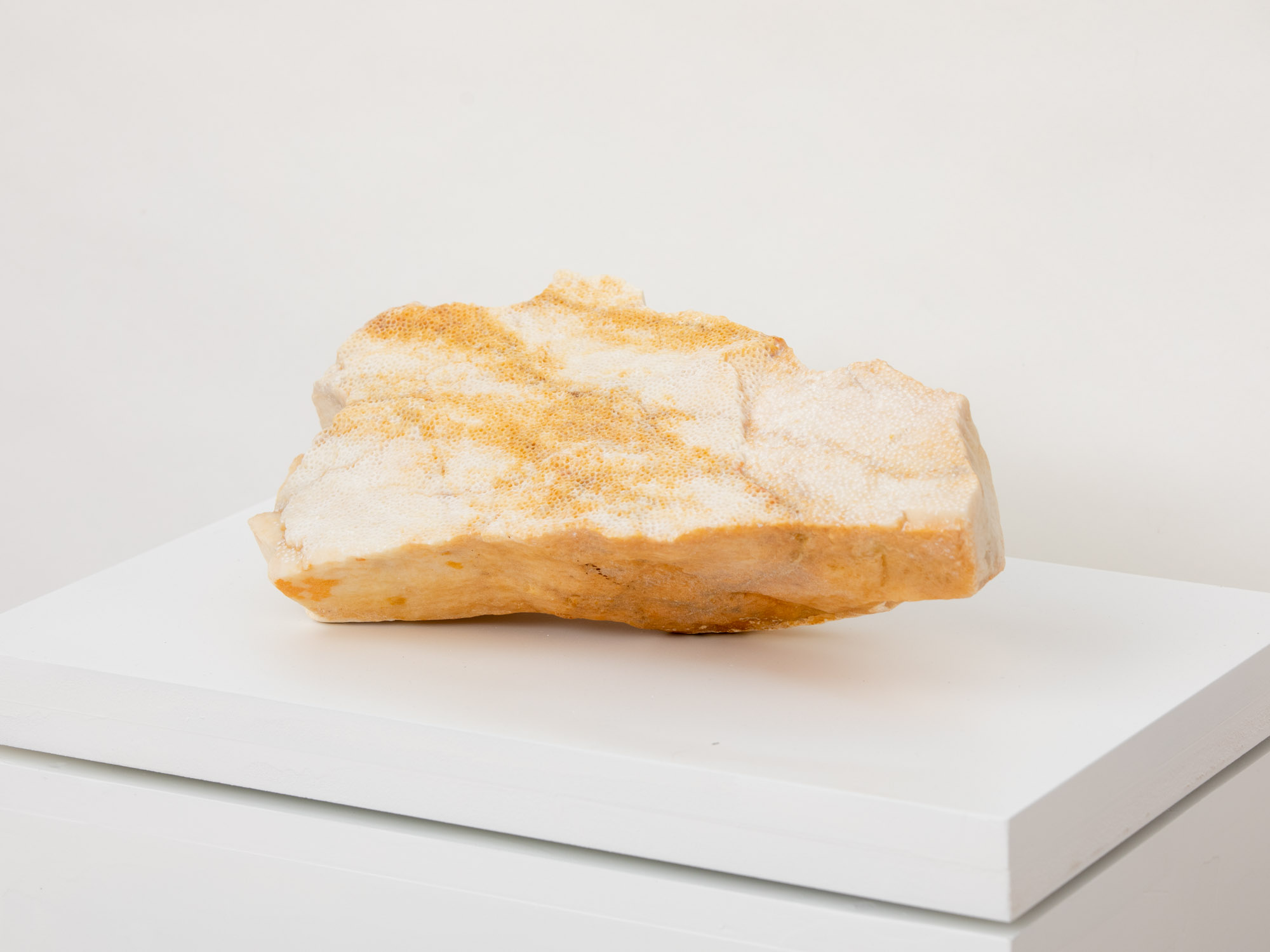
Fragments Series, 2022
perforated marble
20 x 34.5 x 13.5 cm
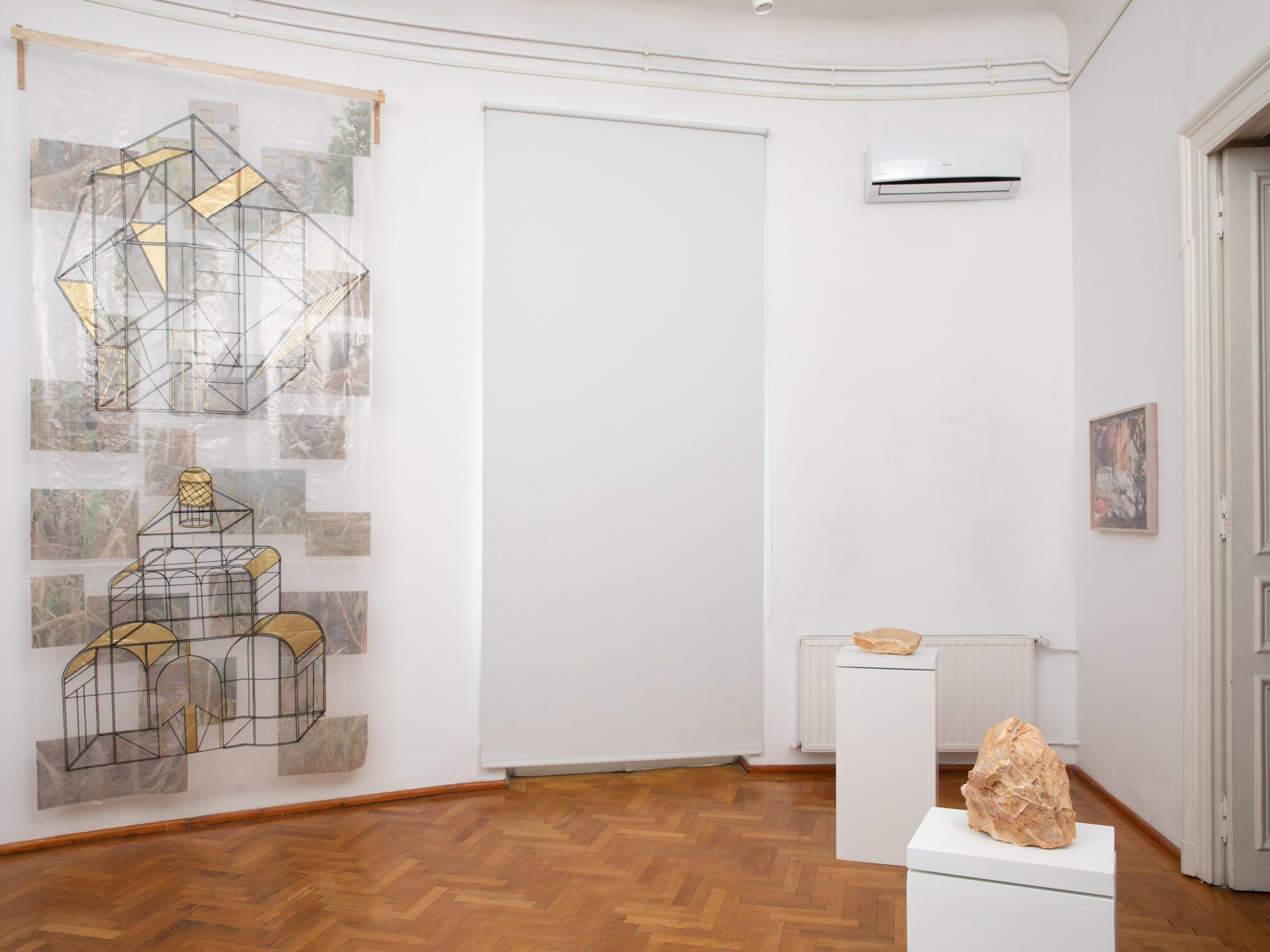





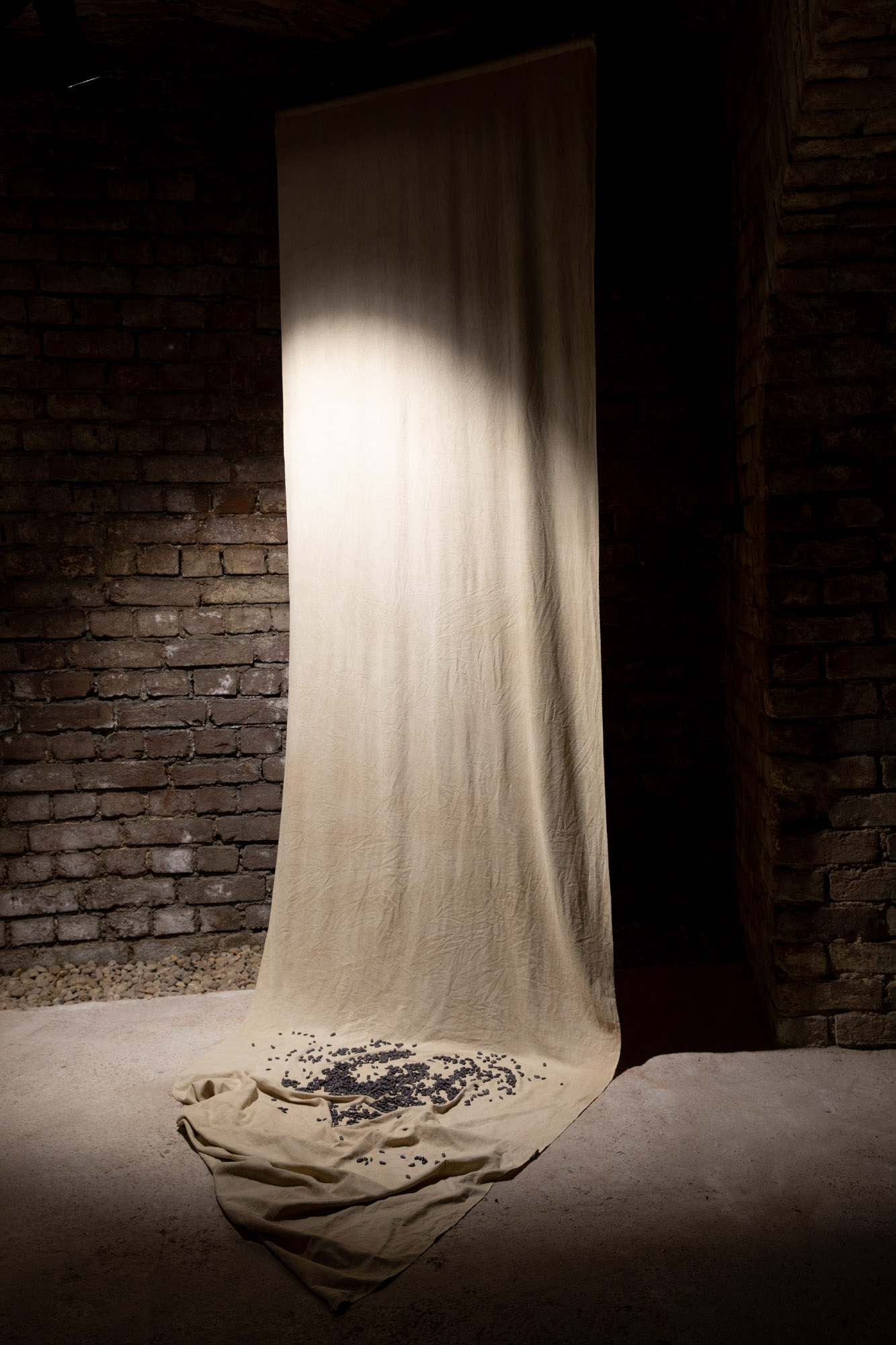
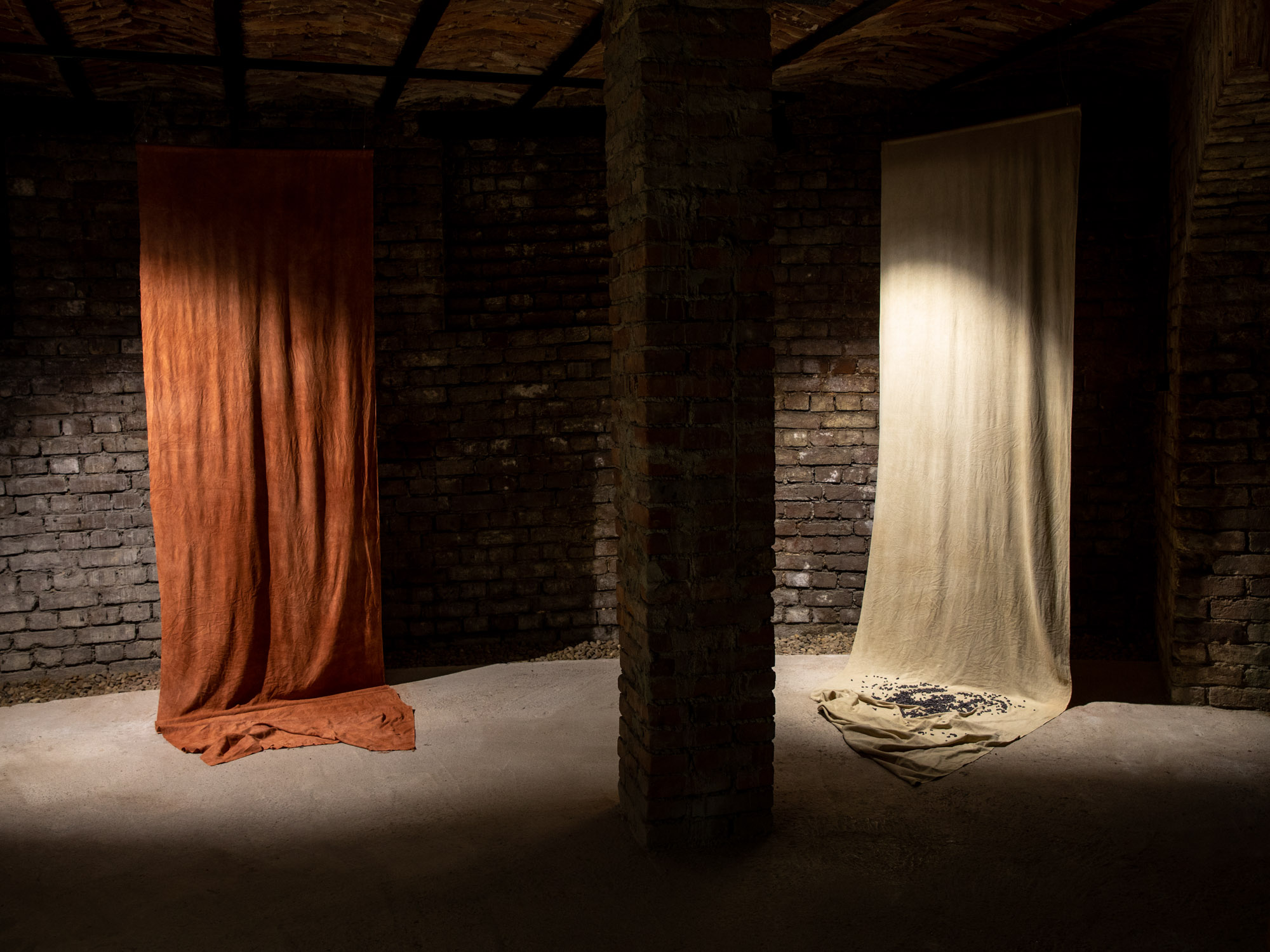
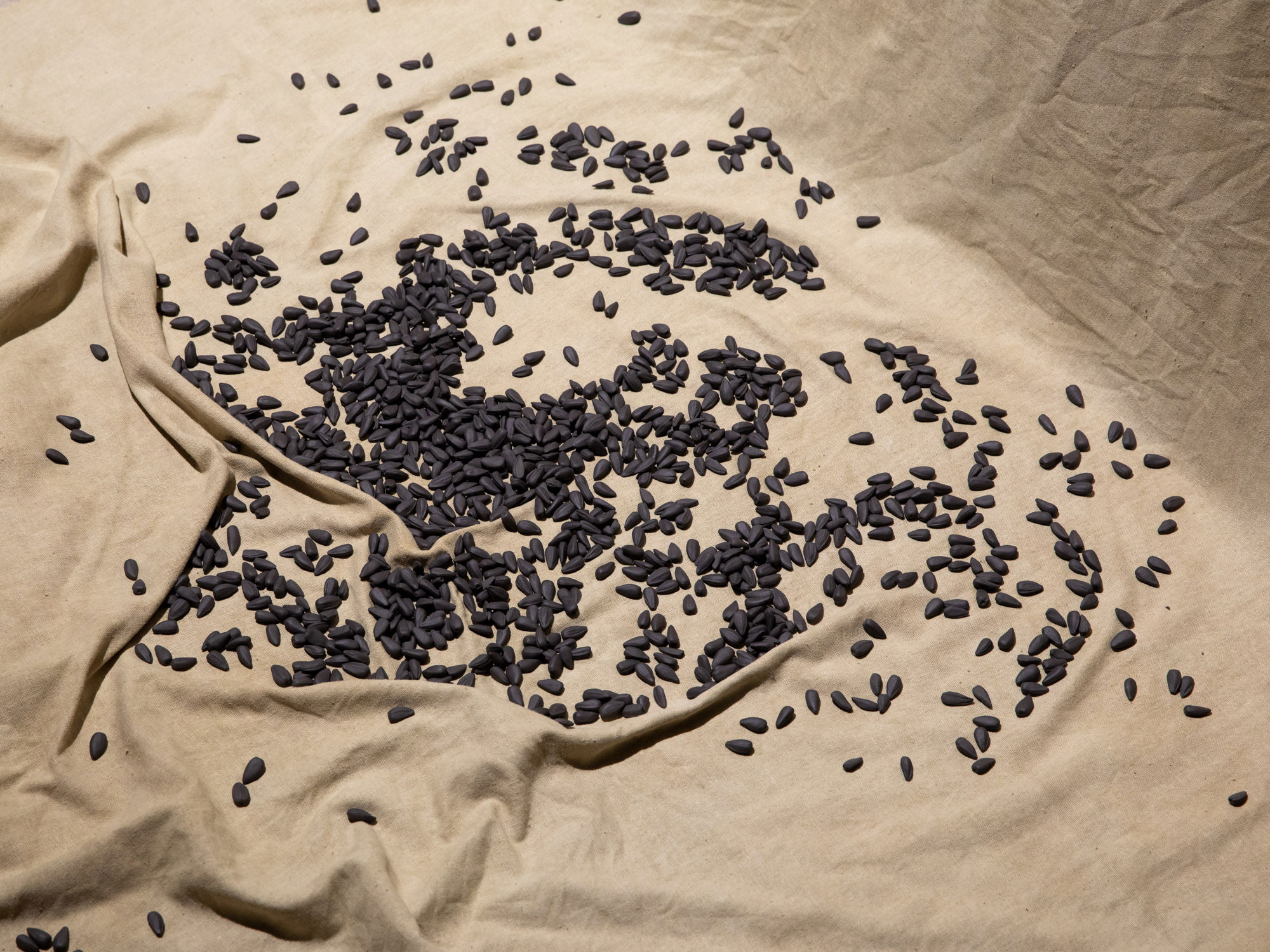
Cover photo: Installation view | Anca Bucur, Corporeal Red, 2022. Courtesy of GAEP Gallery.




